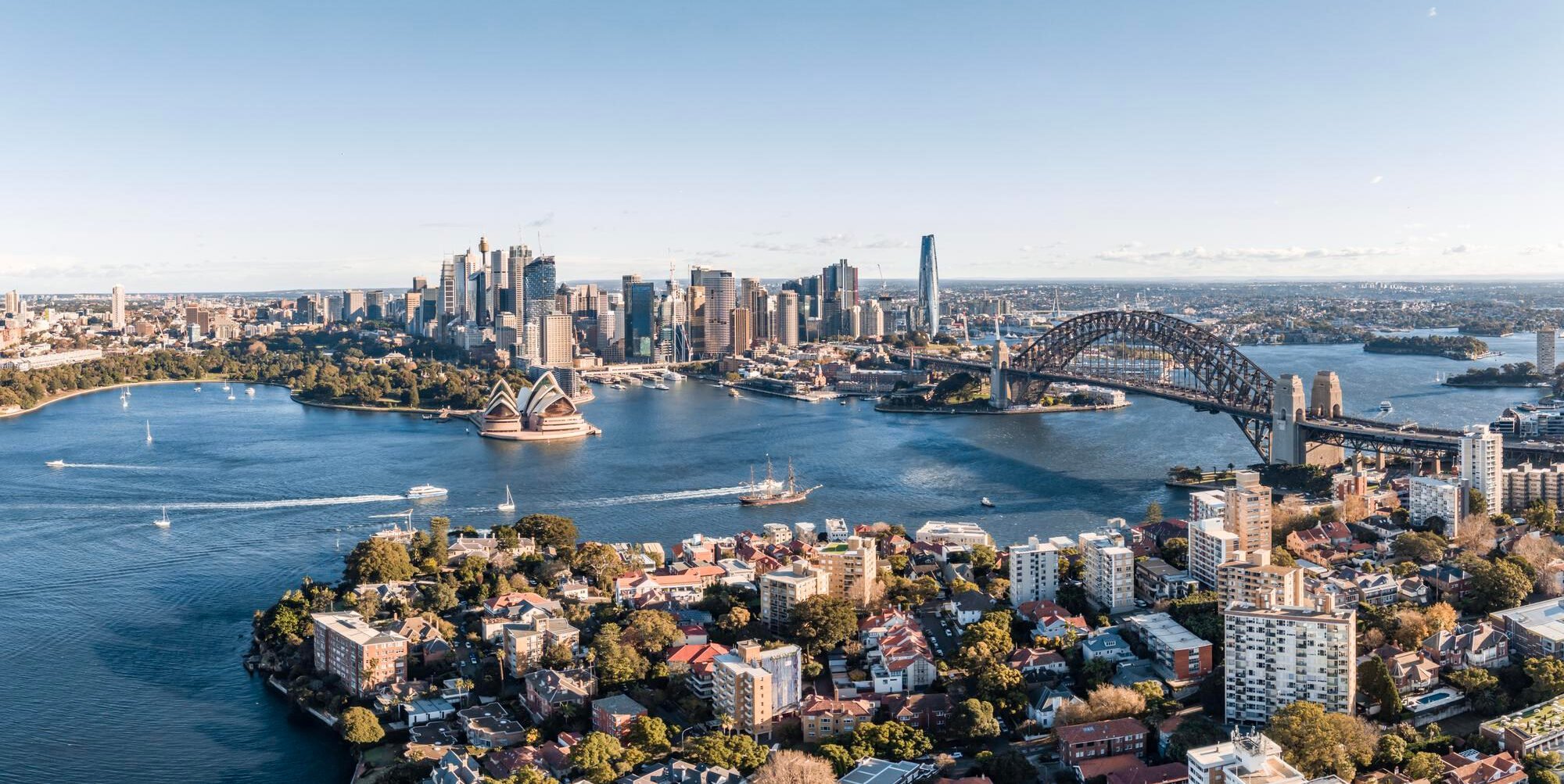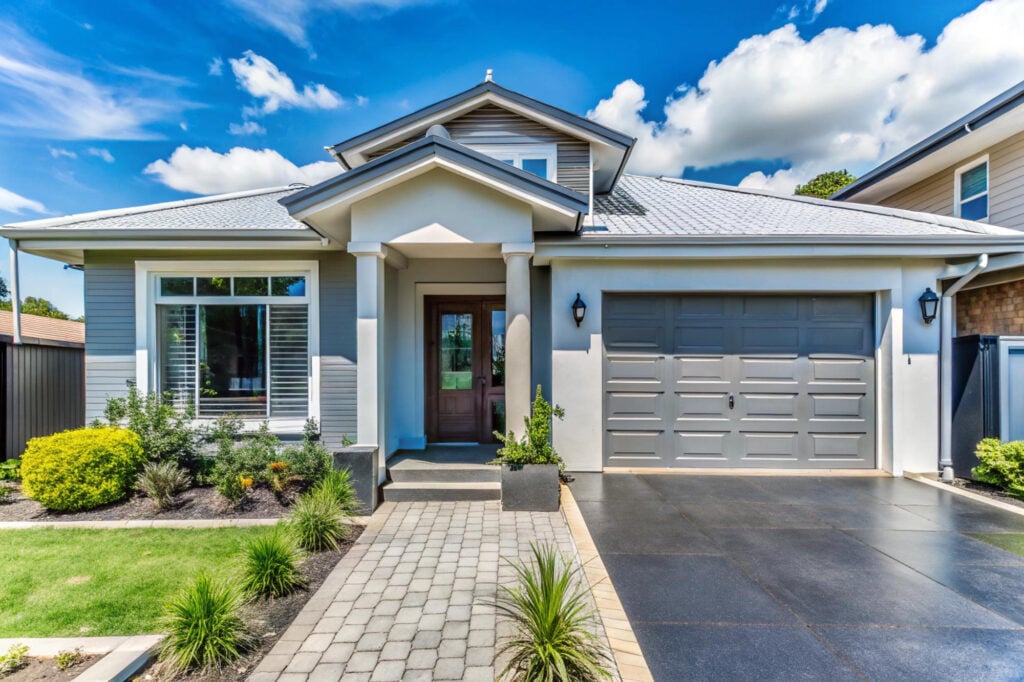Australia’s rental market remains under pressure, with the national vacancy rate holding firm at a historically low 1.2% in September, according to SQM Research.
That’s despite a slight drop in total vacancies to 36,046 dwellings – a clear sign that supply remains tight across most capital cities.
For investors, this is a compelling sign. Low vacancy rates translate to strong rental demand, reduced leasing times, and upward pressure on rents, which are all critical factors when assessing yield and long-term growth.

Brisbane continues to stand out, with its vacancy rate edging down to 0.9%. That’s paired with a 5.9% annual rise in advertised rents, driven by population growth and limited new supply.
Suburbs with strong infrastructure and lifestyle appeal are seeing the most competition, making Brisbane a prime target for strategic investment.

Sydney’s vacancy rate dipped to 1.3%, with rents rising 5.1% year-on-year.
House rents now average nearly $1,100 per week, which is a new high. This reflects strong tenant demand as well as limited new rental stock, especially in well-connected suburbs.
Melbourne held steady at 1.8%, with rents down slightly year-on-year. However, this stabilisation presents opportunities for investors to enter the market while competition is softer – particularly in family-friendly areas with long-term growth potential.
Perth and Adelaide remain among the tightest rental markets nationally, with vacancy rates at 0.7% and 0.8% respectively. Both cities saw solid rent growth, supported by constrained supply and rising demand.

Even in Canberra and Darwin, where vacancy rates ticked up slightly, rental conditions remain tight. Hobart recorded the lowest vacancy rate of all capitals at just 0.4%, underscoring the scarcity of rental stock in the Tasmanian capital.
For homebuyers, these conditions suggest rising competition in affordable pockets and continued upward pressure on rents.
For investors, they highlight the importance of targeting areas with low vacancy, strong population growth, and infrastructure investment.

In today’s market, the smartest moves – and the biggest wins – belong to those who invest where liveability meets scarcity.
Whether you’re buying your first home or building your portfolio, now’s the time to act.














